
Richest Countries In The World: A Historical Overview
Riches never appear out of thin air, and on a country-sized scale, it takes enormous luck, effort, and historical advantage to achieve wealth as a country. Measuring the prosperity of a country can take different forms, such as GDP, GNI, or PPP. Today's most successful countries owe their financial dominance to the choices of their ancestral governments, albeit some of those choices are mired in controversy, even today. Key players that exemplify this are Arab countries like the UAE and Qatar, European countries like Norway and Switzerland, and Asian countries like Singapore. One way or another, the story of how these civilizations prospered in the preceding centuries is critical in understanding economics in the 21st century.
Ancient Civilizations and Their Lasting Legacies
Middle Eastern Prosperity

When discussing the Middle East, particularly countries like Qatar and the UAE, it is essential to acknowledge their deep-rooted history in trade and commerce. One of the earliest forms of trade in this region involved trading goods such as frankincense and myrrh, essential commodities for both religious and medicinal purposes in antiquity. These trade networks laid down the initial frameworks that would later become sprawling economic systems.
Additionally, the existence of ancient city-states in the region, such as the Sumerian cities of Mesopotamia, contributed to the foundation of what would later become prosperous countries. These city-states were prosperous centers of commerce, governance, and culture. To add to that, trade was an existential necessity for these civilizations because they lacked essential goods like stone, wood, and metal. Therefore, by investing in trade, they gained access to the technological and cultural advancements occurring in these other regions. Trade in the ancient Middle East was further aided by possessing a central geographical location between Europe, East Asia, and Africa. Ultimately, the accumulation of wealth in these ancient societies provided them with the resources to invest in the arts, sciences, and other intellectual pursuits, creating a virtuous circle that further added to their prosperity.
European Powers

In Europe, countries like Luxembourg, Norway, and Switzerland have their roots in intermingling societies that built one civilization on top of the one prior. Alternating periods of peacetime and conflict enabled these societies to justify tax collection and spending on advancements to achieve autonomy and self-governance. Luxembourg, for example, has a medieval history of strategic fortifications (the name originally meant 'fortification') that allowed it to exercise a level of independence and control, gradually setting the stage for its modern role as a financial center. Part of this mentality, for all of Europe, stems from the sudden decline of the Roman Empire: many European countries strove to become the successor to the Roman Empire through military, cultural, and engineering prowess.
Next, Norway's historical involvement in maritime activities, including the infamous Vikings, laid the groundwork for what would become a powerful maritime economy. The Vikings were both conquerors and traders, engaging in commerce from North America to Asia. Their regional isolation due to the unforgiving climate and united cultural identity aided them in persevering into the 20th century as an independent entity.
On the other hand, Switzerland established itself as a haven for banking as early as the medieval period, thanks to its political neutrality and reliable legal systems. This lean towards neutrality dates as far back as the 1500s, and that is an attractive trait for investors everywhere. This early engagement with banking paved the way for what is now an advanced and highly stable financial system.
Asian Dynasties
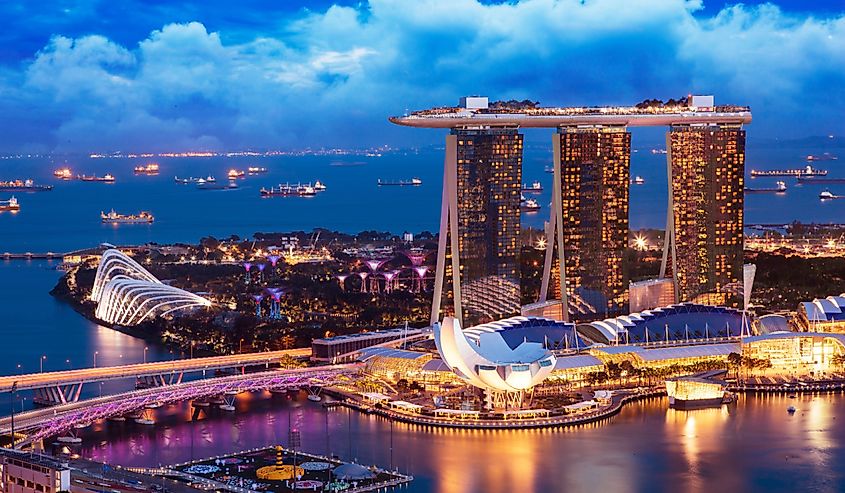
Asia also presents examples of countries whose ancient foundations have contributed to their modern economic standing, such as Singapore. This island country has a history of maritime trade, going back to its days as a part of ancient trade routes that connected the East to the West.
The accumulation of dynastic wealth and influence in regions like China and Southeast Asia also played a crucial role in shaping today's prosperous Asian economies. Dynasties such as the Tang and Ming in China were renowned for their influence on trade, science, and culture, fostering environments where economic innovation could flourish.
The Evolution from Antiquity to Modern Prosperity
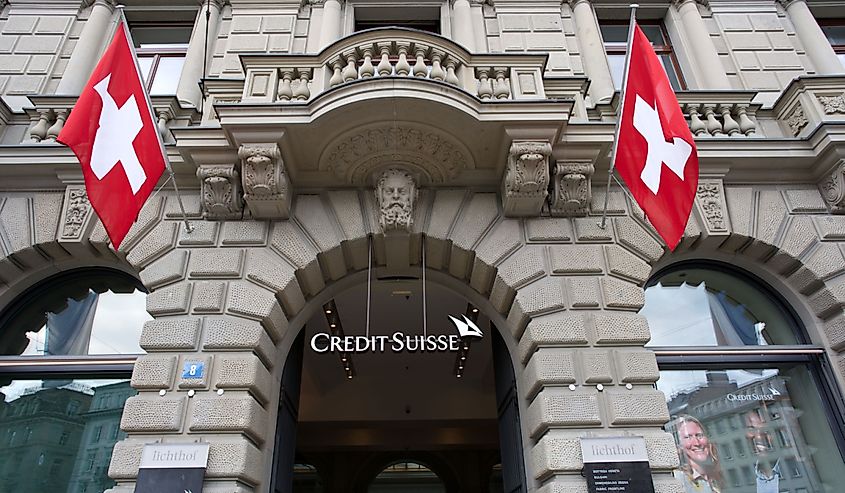
Through cause and effect, citizens inherit the failure and the success of ancestral kinsmen. No great nation manifested itself from thin air, after all. The rise of the oil industry in the Middle East, for instance, can be viewed as an extension of the region's historical involvement in trade, albeit with different commodities. The economic structures built around early trade routes and commodities like frankincense and myrrh evolved into the modern petroleum-based economies we see today.
Similarly, the banking systems of countries like Switzerland did not just appear overnight. These financial institutions were built upon centuries of expertise, political stability, and trust—values nurtured over time and rooted in the country's medieval history.
In Asia, the ancient maritime practices have been replaced by sophisticated shipping and financial sectors, but the focus on trade and economic openness remains. Countries like Singapore have managed to transform themselves from small trading posts into global economic centers while focusing on open trade and economic adaptability.
These transitions from ancient to modern economies did not happen by accident. They were the result of deliberate choices, fortunate circumstances, and the ability to adapt and evolve. As we look at the modern economic landscape, it becomes increasingly clear that the roots of prosperity often reach deep into the soil of history.
Unique Qualities and Characteristics
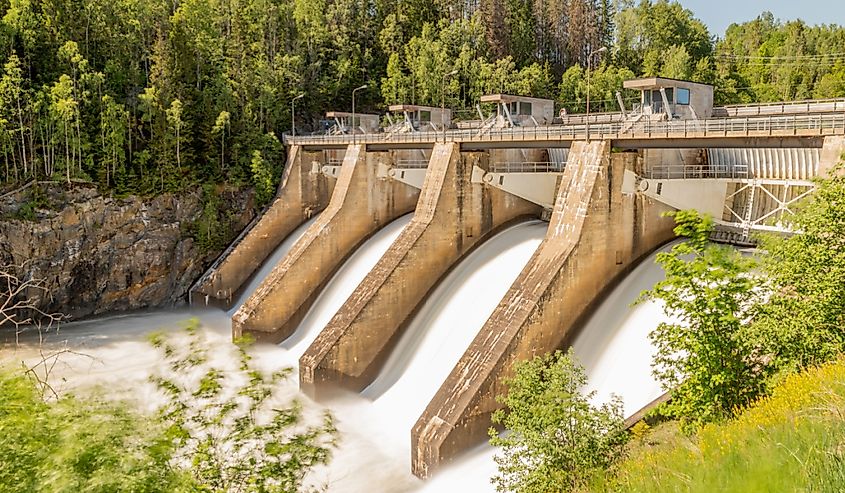
While every country is a product of historical events that have contributed to its economic status, certain qualities make each prosperous country stand out. For instance, Qatar and the UAE have leveraged their geographic location to their advantage. These countries, positioned at the crossroads of East and West, have become modern hubs for aviation and shipping, echoing their ancient roles as centers of trade.
Similarly, Switzerland has maintained its tradition of neutrality and stability, which has made it an attractive destination for international financial activities. This feature aligns well with its medieval history, where it avoided becoming a battleground for European powers, thereby safeguarding its wealth and resources.
On the other hand, Norway has channeled its seafaring legacy into a robust modern maritime industry, focusing on renewable energy, particularly harnessing its abundant hydropower resources. The country has transformed its Viking roots into a commitment to sustainability and environmental stewardship, setting it apart from other countries.
In Asia, Singapore's strategic location and openness to trade have remained constants throughout its history. What makes it particularly remarkable is its ability to serve as a melting pot of various Asian cultures while maintaining a strong focus on technological innovation and governance, reflecting its roots in ancient maritime trade and cultural exchange.
The Historical Advantage of The United States
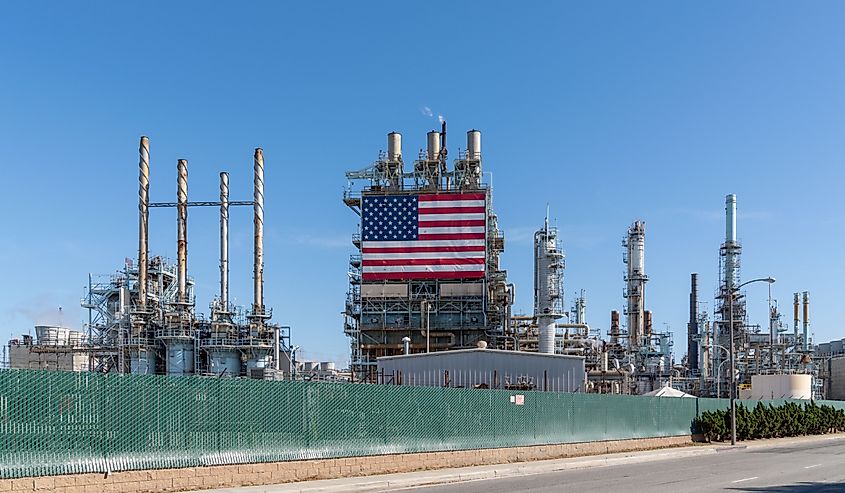
Often misunderstood as a nation of recent affluence, the United States has been an economic powerhouse for longer than many realize. While many attribute the prosperity of the United States to its colonial past or the institutions imported from Europe, the story starts with the land's intrinsic resources and the established early trade networks.
The region was involved in extensive trade, notably in the fur industry. Indigenous communities were pivotal in these early exchanges, establishing the area as a trading hub. The land itself, abundant in resources ranging from fertile soil to minerals and timber, laid the groundwork for what would become one of the world's most prosperous nations.
It is essential to acknowledge the role of slavery in the early American economy. The exploitation of enslaved laborers significantly boosted agricultural production, particularly in crops like tobacco and cotton, providing an unethical but undeniable push to the country's economic development during its formative years.
The United States showed its economic adaptability by swiftly following the United Kingdom's transition to industrial production methods. By leveraging the already established resources and integrating new technologies, the United States was able to maintain its place as a global economic center.
Challenges and Controversies
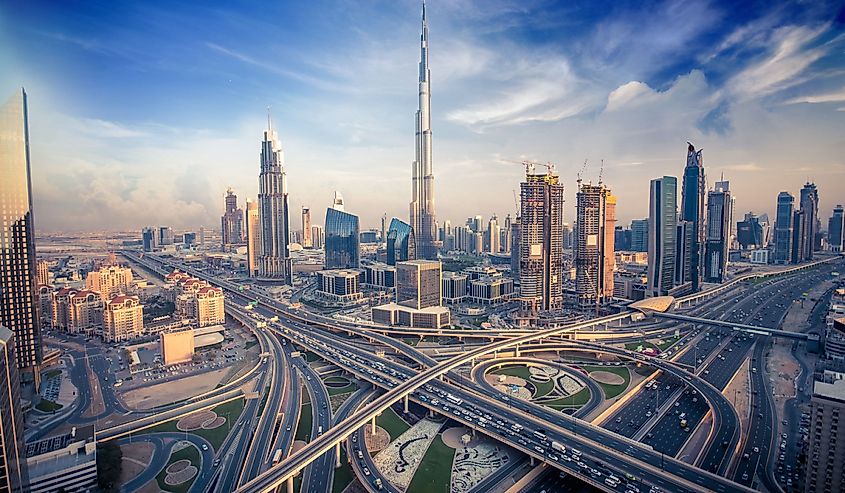
No journey to prosperity is without its bumps and obstacles. Each of these countries has faced challenges and controversies that have required careful navigation. For instance, the rapid modernization in countries like Qatar and the UAE has sometimes led to questions about preserving their cultural heritage. These countries have taken steps to institutionalize the study and celebration of their history even as they build skyscrapers and other symbols of modern affluence.
European countries like Switzerland have also been criticized for their banking secrecy laws, sometimes used for less-than-ethical financial activities. Despite this, Switzerland has worked to comply with international financial regulations, balancing its historical legacy with modern ethical considerations.
Similarly, Norway has had to grapple with the ethical dilemmas its oil wealth poses, particularly concerning environmental concerns. While it has made significant investments in renewable energy, the transition is far from complete, as it exports around 1,558 barrels of oil daily.
In Singapore, the challenge has often been balancing rapid economic growth with social cohesion, given its diverse population. In these circumstances, local conservative values are rapidly confronted with values and practices that demand caution and nuance. The government has focused on education and social policies to ensure that prosperity does not come at the expense of social harmony or the erasure of cultural identities.
Conclusion
The economic prosperity of modern countries is often deeply rooted in their historical pasts. From the trade routes of ancient Middle Eastern civilizations to the banking practices of medieval Europe and the maritime commerce of Asian dynasties, the legacy of our forefathers continues to influence the economic landscapes of today. While each country has faced its challenges and controversies, adapting and utilizing ancient advantages is crucial to becoming a rich country.
The 50 Richest Countries In The World
| Rank | Country | GDP | GDP, current prices (USD), in Billions |
|---|---|---|---|
| 1 | Ireland | 145,196.29 | 594.1 |
| 2 | Luxembourg | 142,490.15 | 86.971 |
| 3 | Singapore | 133,894.61 | 515.548 |
| 4 | Qatar | 124,833.70 | 219.57 |
| ** | Macao | 89,558.18 | 35.841 |
| 5 | United Arab Emirates | 88,221.18 | 498.978 |
| 6 | Switzerland | 87,962.82 | 869.601 |
| 7 | Norway | 82,654.59 | 554.105 |
| 8 | United States | 80,034.58 | 26,854.60 |
| 9 | San Marino | 78,926.49 | 1.807 |
| 10 | Brunei Darussalam | 75,583.07 | 15.506 |
| ** | Hong Kong | 74,598.03 | 382.85 |
| 11 | Denmark | 73,385.53 | 405.626 |
| ** | Taiwan | 73344.248 | 790.728 |
| 12 | Netherlands | 72,973.31 | 1,080.88 |
| 13 | Iceland | 69,778.88 | 28.625 |
| 14 | Austria | 69,502.21 | 515.199 |
| 15 | Andorra | 68,997.89 | 3.669 |
| 16 | Germany | 66,132.49 | 4,308.85 |
| 17 | Sweden | 65,842.03 | 599.052 |
| 18 | Belgium | 65,500.73 | 624.248 |
| 19 | Australia | 65,365.64 | 1,707.55 |
| 20 | Saudi Arabia | 64,836.26 | 1,061.90 |
| 21 | Malta | 61,939.48 | 19.405 |
| 22 | Finland | 60,897.35 | 301.67 |
| 23 | Guyana | 60,648.07 | 16.309 |
| 24 | Bahrain | 60,595.72 | 44.87 |
| 25 | Canada | 60,176.69 | 2,089.67 |
| 26 | France | 58,827.57 | 2,923.49 |
| 27 | Korea | 56,706.02 | 1,721.91 |
| 28 | United Kingdom | 56,470.80 | 3,158.94 |
| 29 | Israel | 54,997.08 | 539.223 |
| 30 | Cyprus | 54,611.12 | 30.864 |
| 31 | Italy | 54,216.28 | 2,169.75 |
| 32 | New Zealand | 54,046.17 | 251.969 |
| 33 | Kuwait | 53,036.93 | 164.713 |
| 34 | Slovenia | 52,640.85 | 68.108 |
| 35 | Japan | 51,809.12 | 4,409.74 |
| 36 | Czech Republic | 50,961.47 | 330.483 |
| 37 | Spain | 49,447.81 | 1,492.43 |
| 38 | Lithuania | 49,266.36 | 78.346 |
| 39 | Estonia | 46,385.20 | 41.551 |
| 40 | Poland | 45,342.78 | 748.887 |
| 41 | Portugal | 44,707.50 | 267.721 |
| 42 | The Bahamas | 43,912.81 | 14.114 |
| 43 | Hungary | 43,906.59 | 188.505 |
| 44 | Croatia | 42,530.58 | 78.881 |
| 45 | Oman | 42,188.39 | 104.902 |
| 46 | Romania | 42,188.39 | 348.902 |
| 47 | Slovak Republic | 41,633.73 | 127.533 |
| 48 | Turkey | 41,412.39 | 1,029.30 |
| 49 | Latvia | 40,256.28 | 47.398 |
| 50 | Panama | 40,176.77 | 77.257 |
**: Macao and Hong Kong are special administrative regions of the People's Republic of China, and Taiwan is a province in the PRC.











